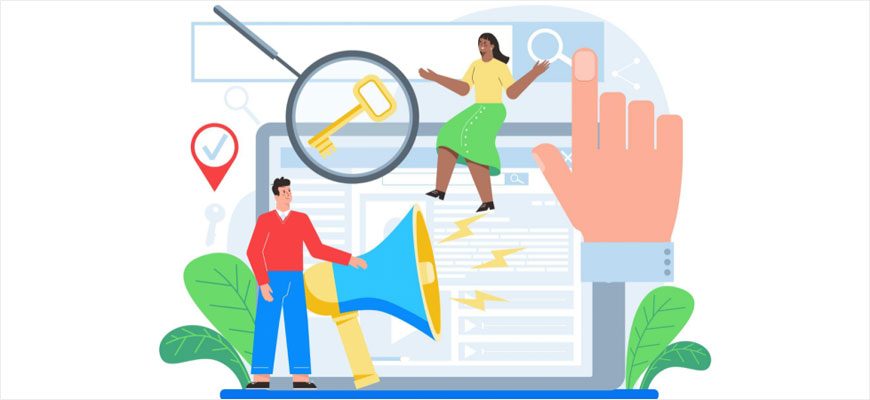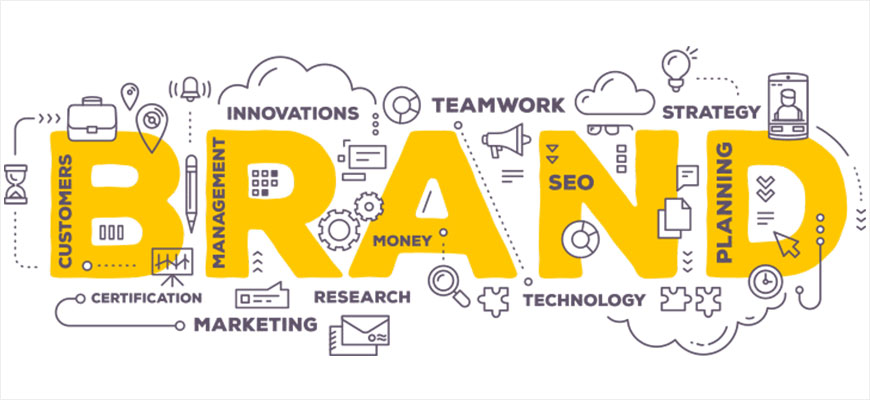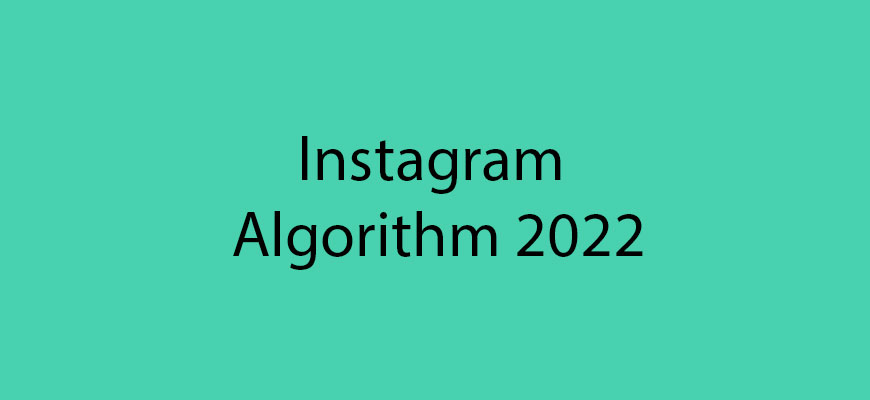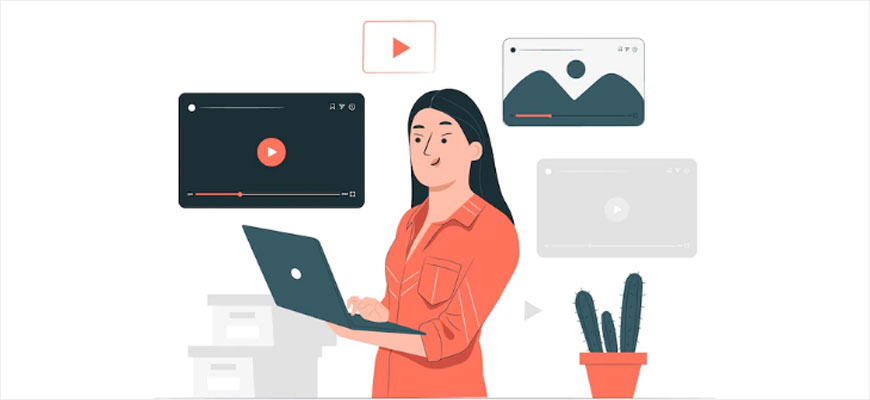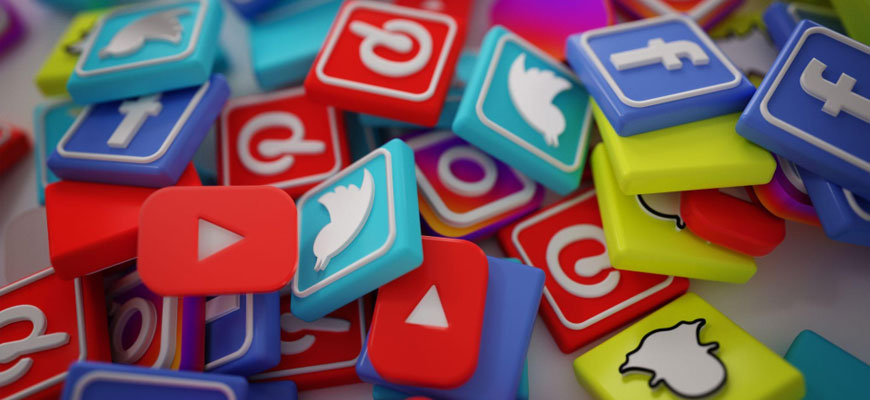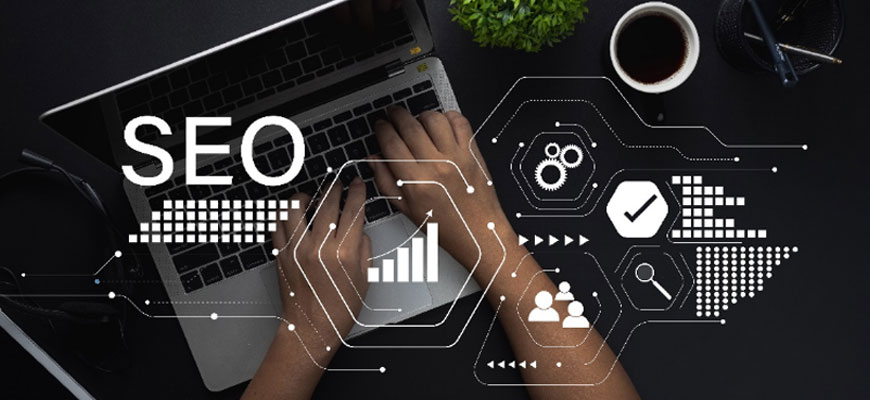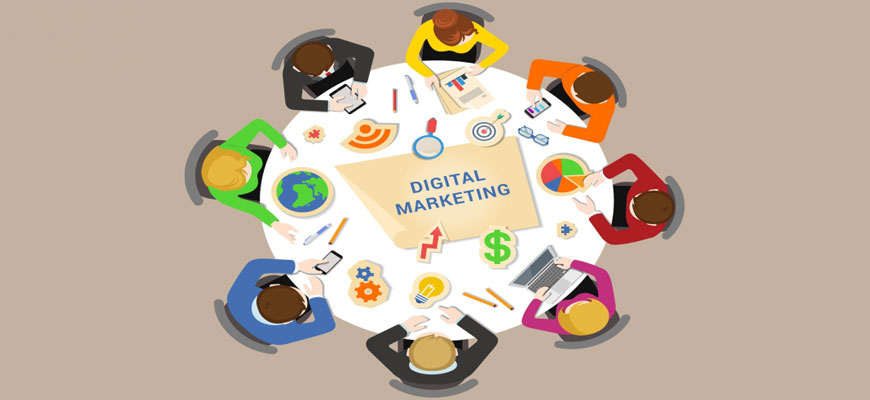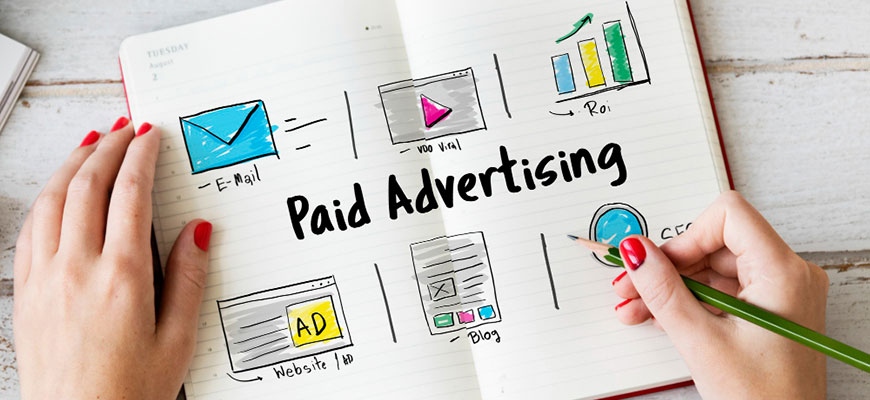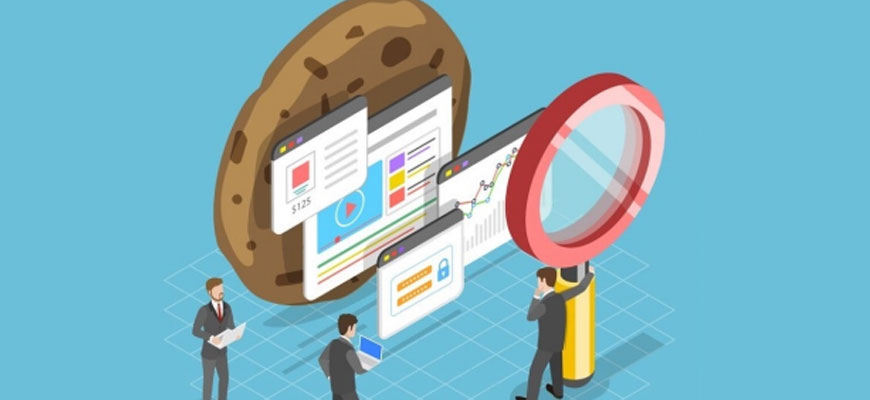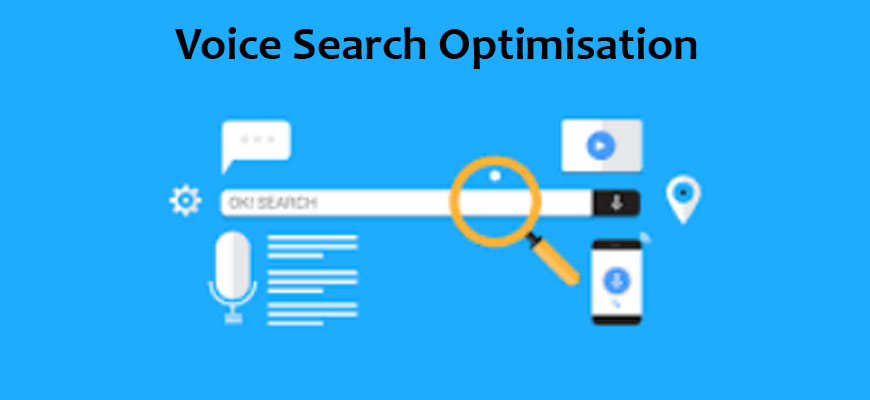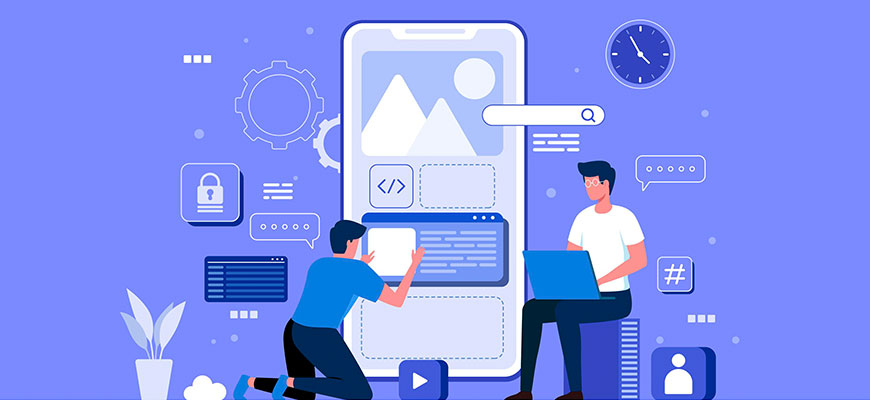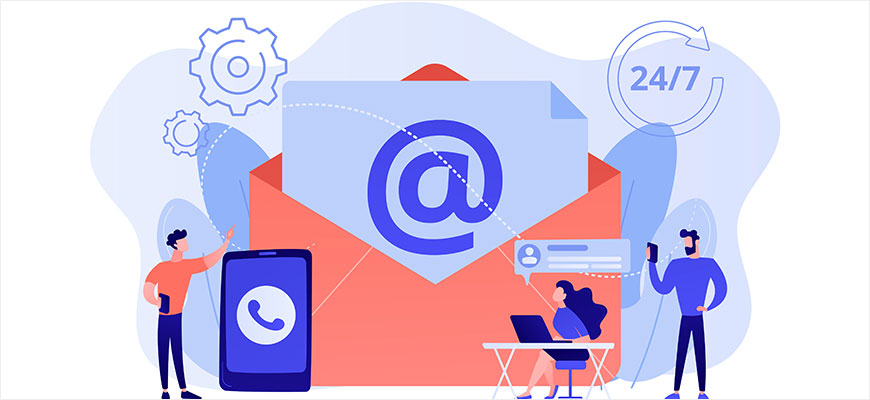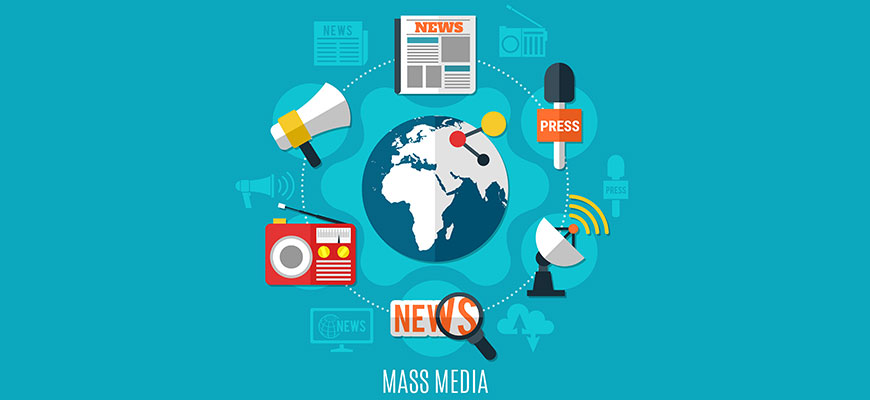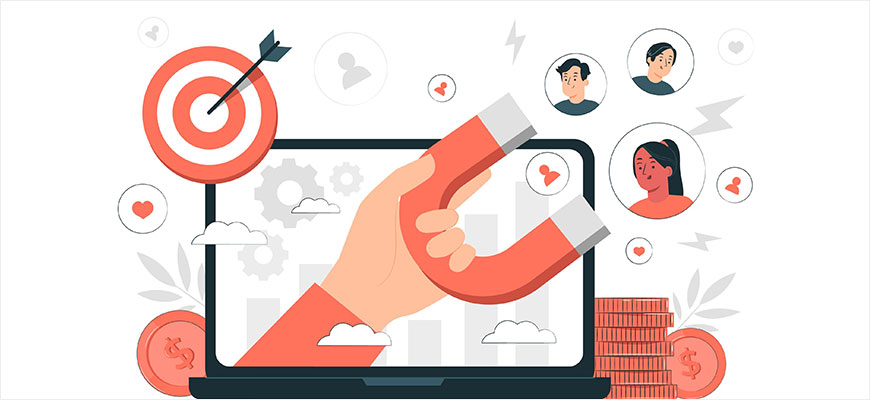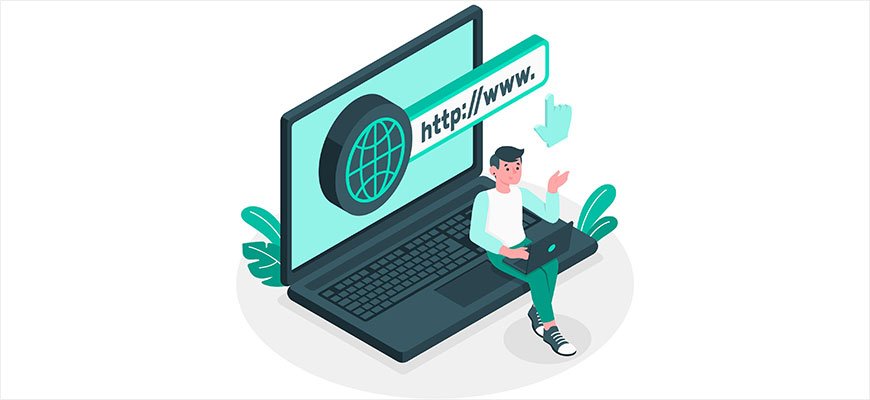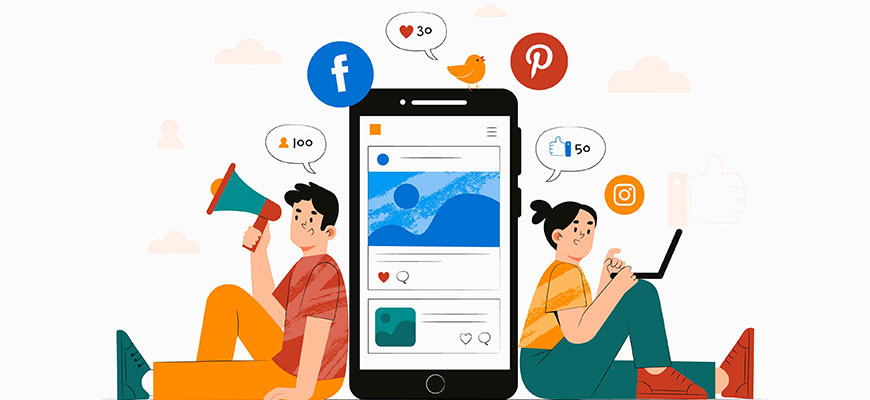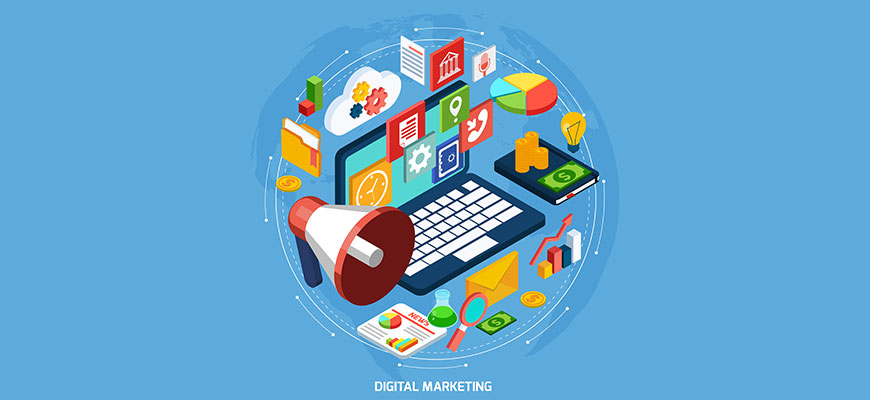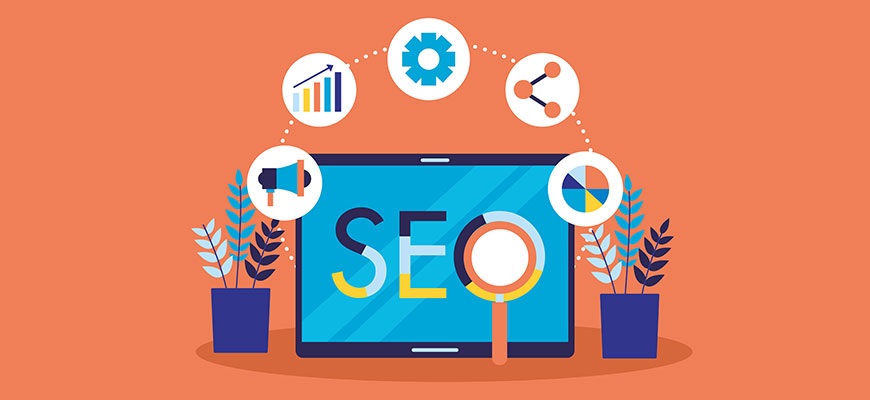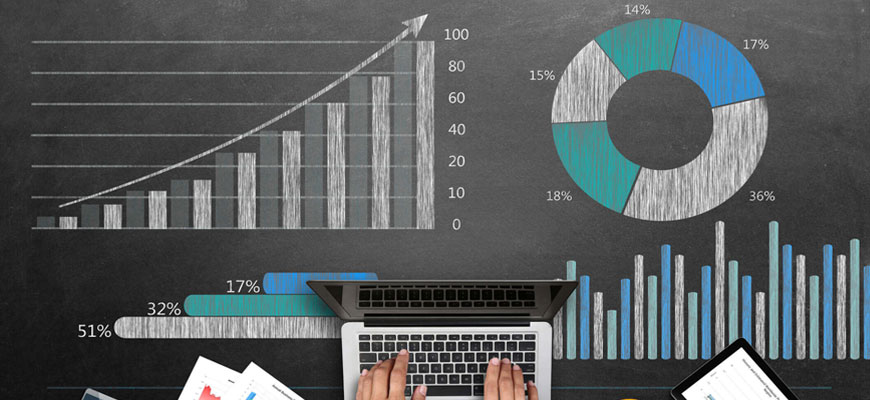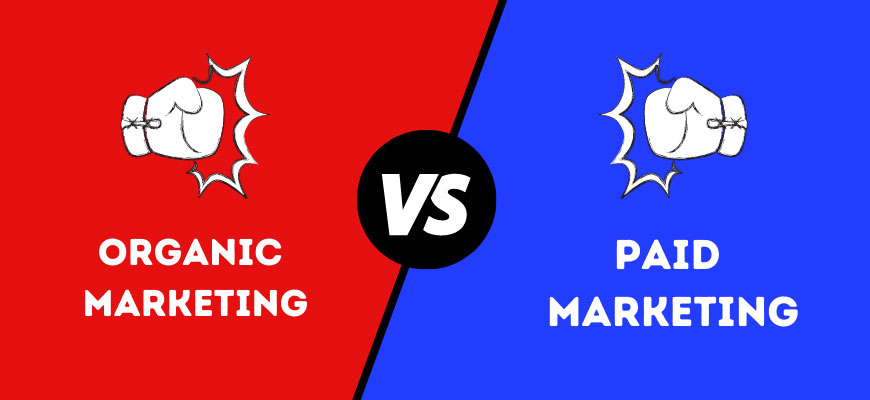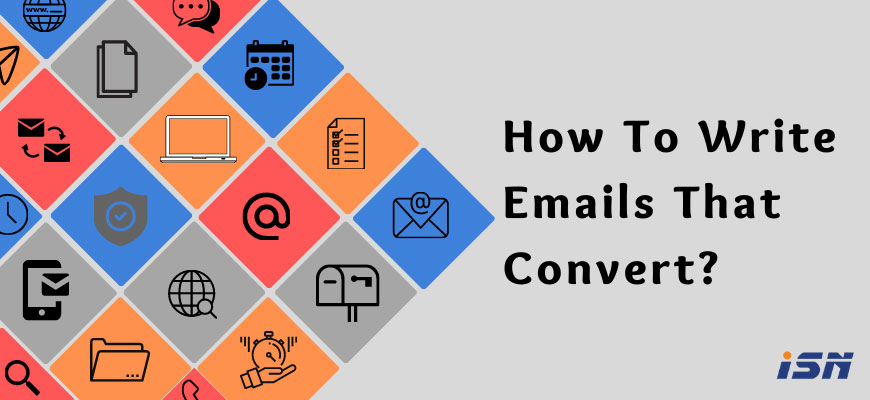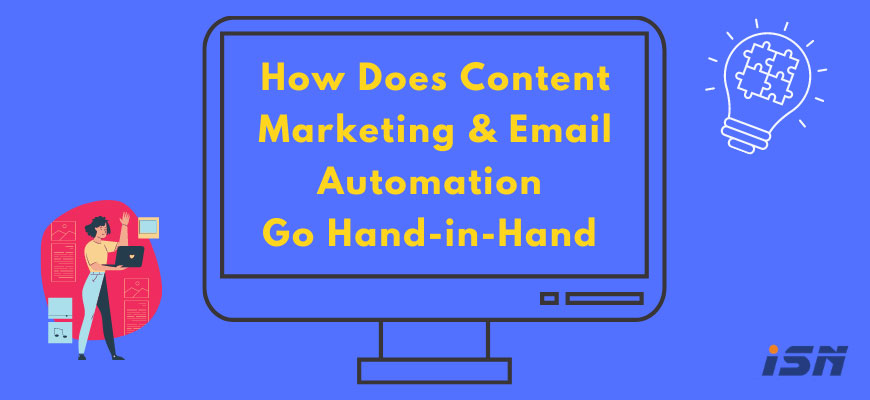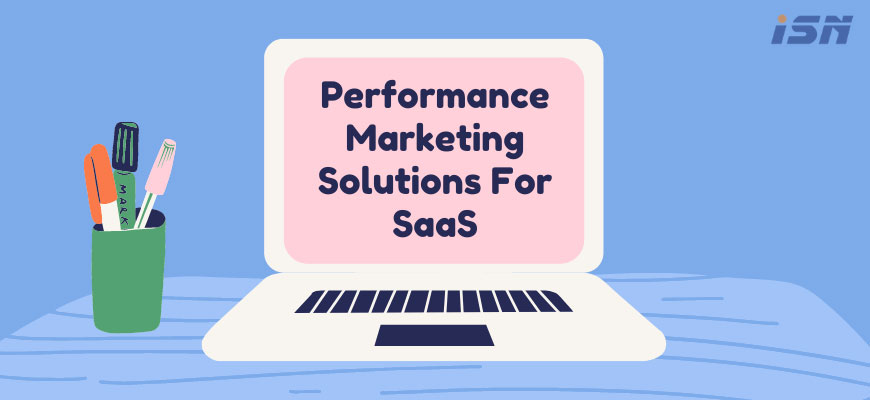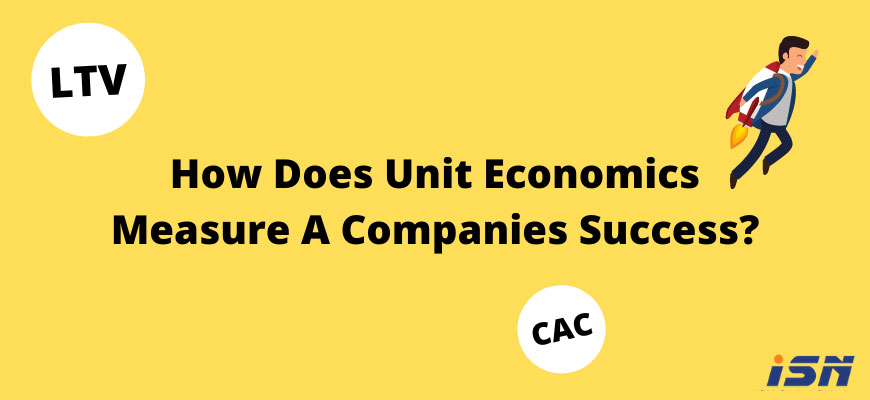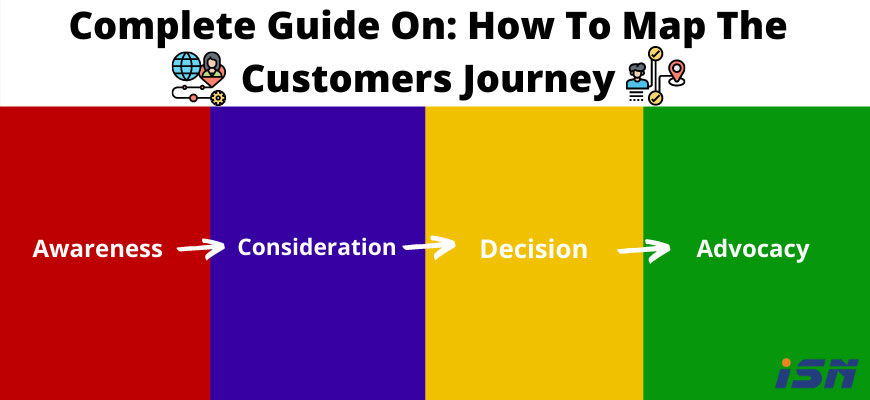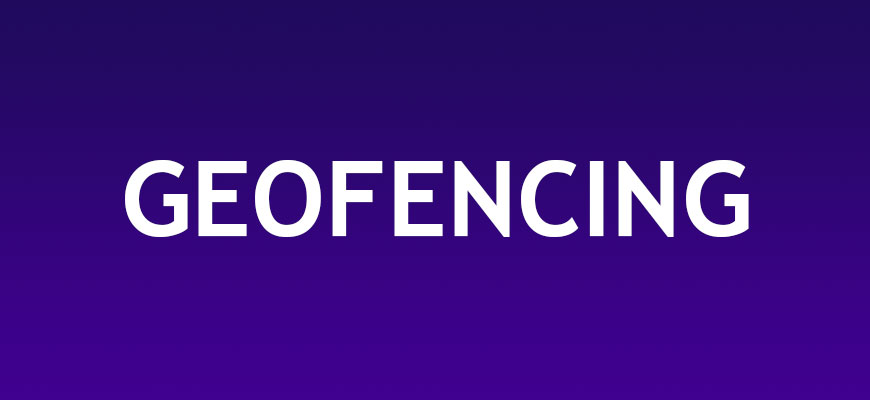
By David Rekar | February 2022
Otherwise known as location-based service, Geofencing is a feature used in creating a virtual perimeter around a location. It uses technologies like GPS, radio frequency identification (RFID), IP address, and others to detect devices like mobile phones, or any RFID tag whenever it enters or exits the perimeter. Imagine it like a big virtual circular boundary drawn around a real-world geographic location.
Many organizations across industries are using the Geofencing feature to increase brand awareness, and enhance their customer’s experience. It was also used by Governments across the world at the time of the COVID crisis to track and identify people infected with the virus.
Geofencing has a wide range of applications. Let us see what they are.
Common Applications
- Social networking apps can use Geofencing to create location-based filters or different forms of content.
- Businesses can use Geofencing to target a specific demographic.
- As a marketing strategy, Geofencing can be used to send vouchers, discount codes, etc.
- Geofencing can also be used by security organizations to track any unusual activity happening inside secure areas.
- Companies can use Geofencing to monitor their on-field employees.
6 ways marketers can leverage Geofencing
1. Hyper-Targeting
Best marketers know that targeting a specific demographic is a logical approach rather than trying to target everyone. With Geofencing, marketers can position their product or service exactly where it’s needed. They can use it to send alerts, ads, notifications to their target audience and increase their engagement.
For example: If a woman who is into fitness, walks past a Nike store, she’ll get an alert notification saying, “Buy two sneakers and get 30% off! Limited offer!
2. Cost-Effective
When you're targeting a specific group of people who're actually in need of your product or service, you’re spending your budget on the audience that matters. As a result, you’ll see an increase in engagement and business.
3. Getting Insightful Data
Through the use of Geofencing, you can get access to comprehensive data on your target audience, such as their behavioral habits, content effectiveness, engagement pattern, etc.
4. Better Customer Experience
By analyzing your consumer’s data and understanding their behavioral pattern, you can create a personalized experience for them. This will in turn make them engage more effectively with the service or product you’re offering.
5. Local Marketing
Geofencing is a great tool for local businesses to increase their customer base. If you’ve got a great deal for your customers and you want them to benefit from it, you can use Geofencing to send them relevant prompts.
6. Competitive Edge
To give your business a competitive edge, you can build a geo-fence around your competitor so that whenever someone enters the perimeter, you can attract them to your business.
Conclusion
Geofencing marketing is a continuous strategy that should be refined repeatedly. You’ll have to keep providing better offers and engaging content to your audience so that they take the action you want.
Due to its wide range of applications, Geofencing is used by governments and businesses, which is enough evidence that it's a very very powerful and effective tool.
